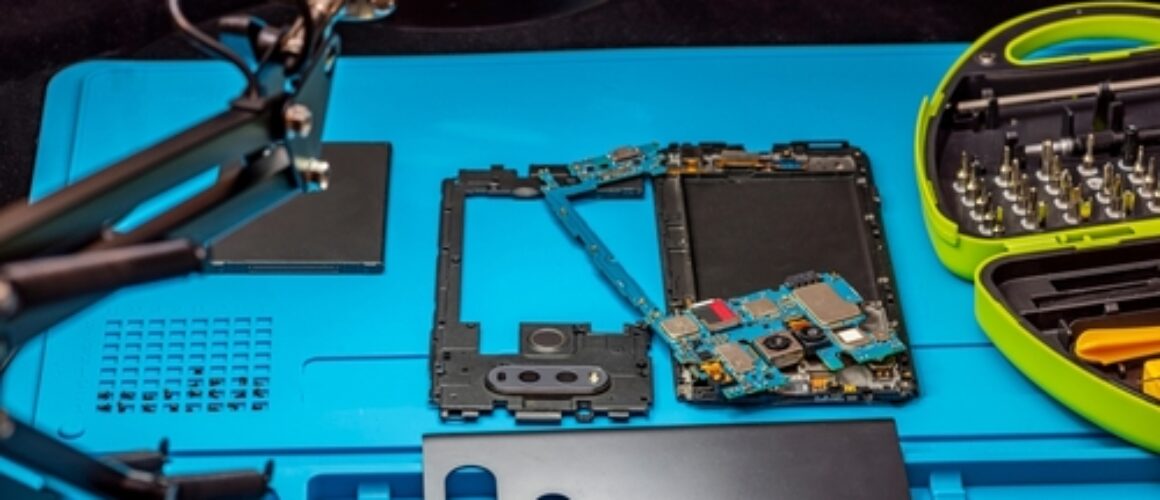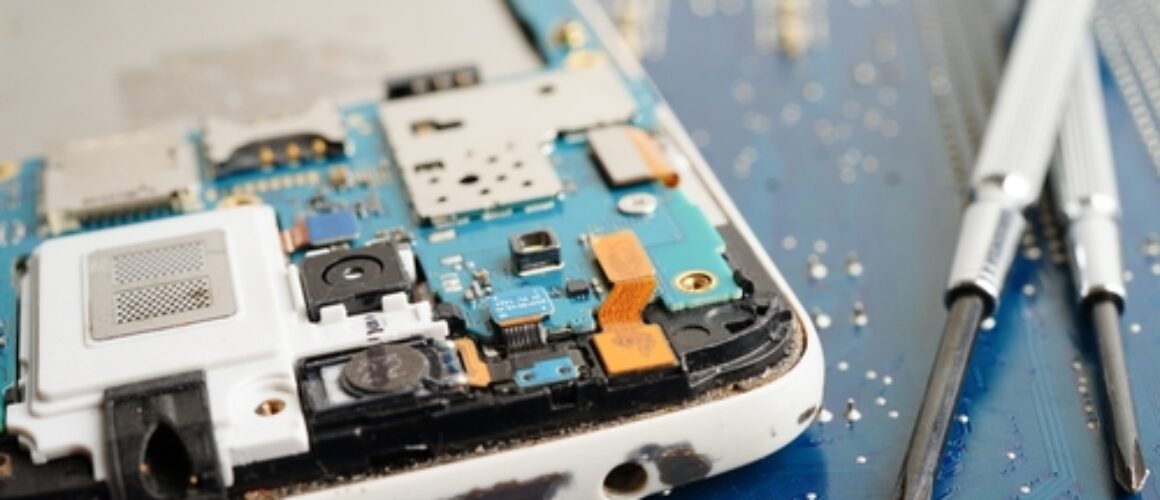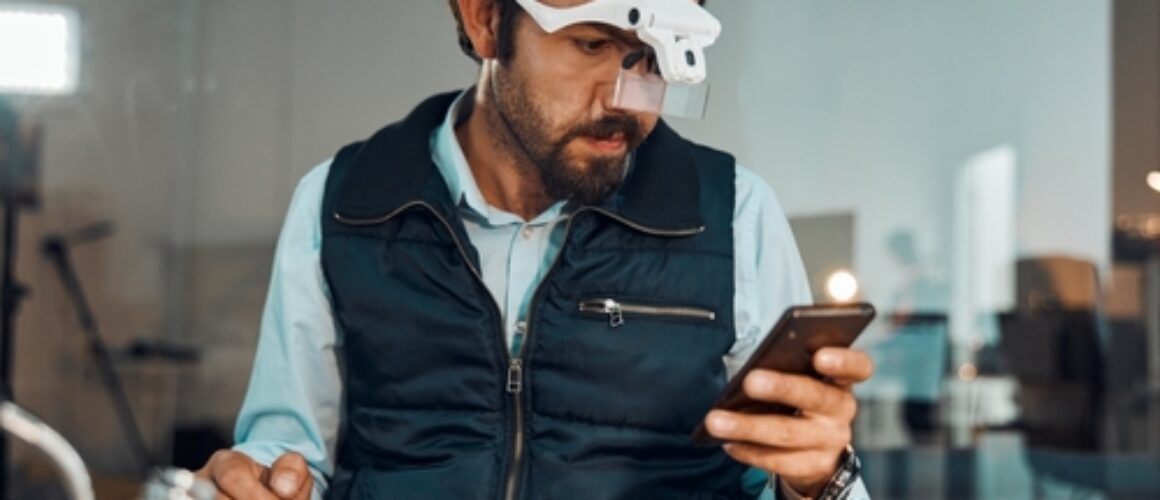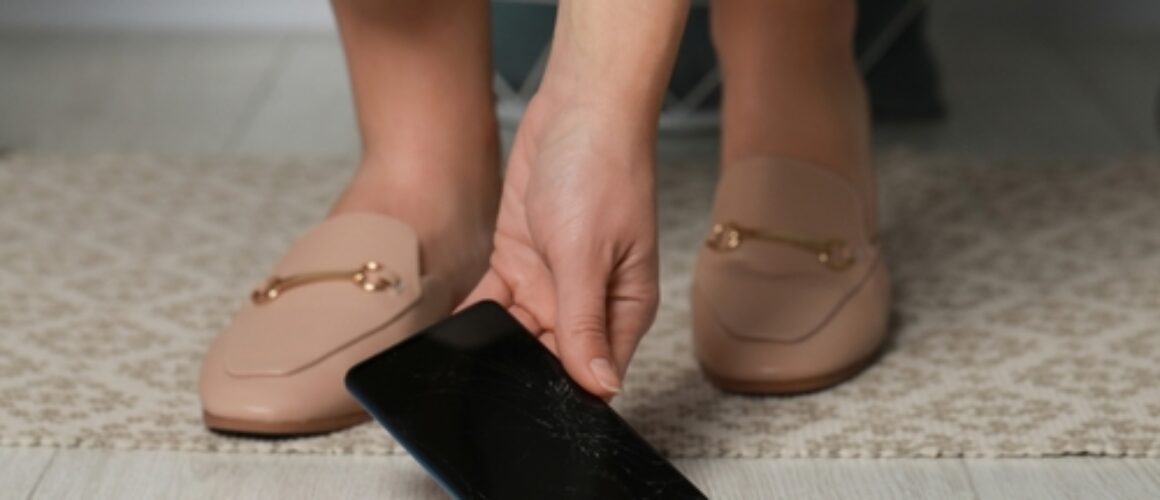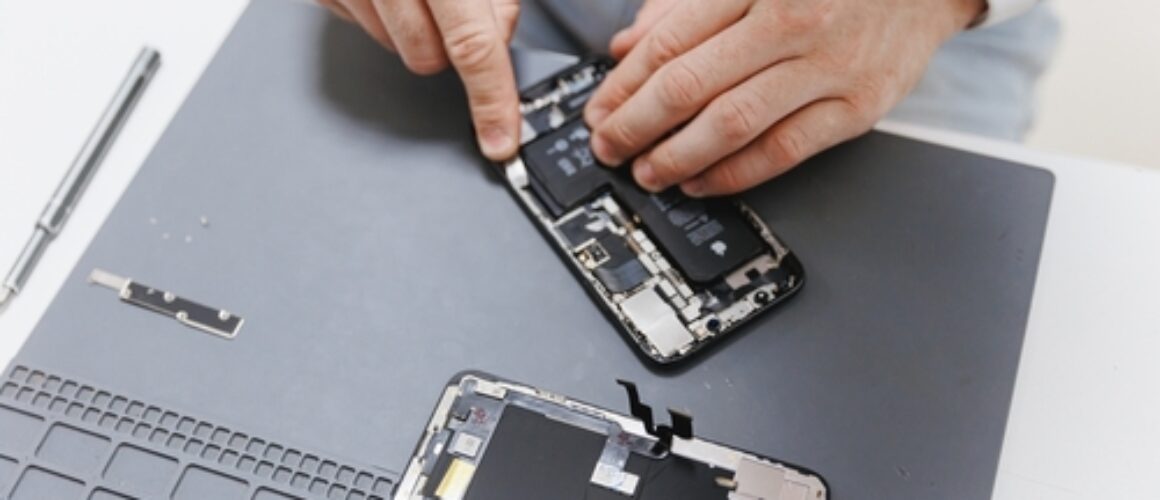iPhone Battery Replacement
If you have owned your iPhone for an extended period, you may begin to observe indicators that your battery’s performance has declined and an iPhone Battery Replacement is needed. A prevalent sign is rapid battery depletion, even with minimal usage. You might find it necessary to recharge your device multiple times throughout the day, which can be both frustrating and inconvenient.
Another indication that your iPhone battery requires replacement is prolonged charging times or an inability to maintain a charge for extended periods. This becomes particularly evident when using your device whilst charging, as you may notice the battery percentage remains stagnant. Furthermore, if your iPhone unexpectedly powers down despite displaying a relatively high battery percentage, this could suggest the battery is no longer retaining charge effectively.
Lastly, if your iPhone becomes excessively warm during charging, this may indicate battery malfunction and the need for replacement. Should you experience any of these symptoms, it is advisable to assess your iPhone battery’s health to determine if replacement is necessary. Addressing these issues promptly is crucial to prevent further damage to your device and ensure uninterrupted usage.
Summary
Your iPhone battery may need replacing if it drains quickly, shuts down unexpectedly, or takes longer to charge.
Check your iPhone battery health by going to Settings > Battery > Battery Health, where you can see the maximum capacity and peak performance capability.
Options for getting a new iPhone battery include visiting an Apple Store, an authorised service provider, or using a third-party repair service such as http://repairmycrack.co.uk.
DIY replacement may be cheaper, but professional replacement ensures proper installation and maintains your warranty.
Steps to replace your iPhone battery at home include backing up your data, powering off the device, removing the screws, and carefully replacing the battery.
To extend the life of your new iPhone battery, avoid extreme temperatures, enable low power mode, and manage background app refresh.
Common mistakes to avoid when replacing your iPhone battery include using the wrong tools, damaging the battery, and not properly calibrating the new battery.
How to check your iPhone battery health
Battery Capacity and Performance
If this percentage is significantly lower than 100%, it means that your battery is not functioning at its full capacity and may need to be replaced. Additionally, you can also check the “Peak Performance Capability” section, which will indicate if your phone has experienced any unexpected shutdowns due to the battery. If this section shows that your phone has experienced unexpected shutdowns, it’s another indication that your battery may need replacing.
Third-Party Apps for Battery Health
Another way to check your iPhone battery health is by using third-party apps that can provide more detailed information about the health and performance of your battery. These apps can give you a better understanding of how your battery is functioning and whether it’s time to consider getting a replacement.
Why Check Your iPhone Battery Health?
Regularly checking your iPhone battery health can help you identify any potential issues before they become major problems. By keeping an eye on your battery’s performance, you can take steps to extend its lifespan and ensure your phone continues to function as it should.
Options for getting a new iPhone battery
If you’ve determined that your iPhone battery needs replacing, there are several options available to you. One option is to take your phone to an Apple Store or an authorised service provider to have the battery replaced. This is a reliable option as it ensures that the replacement battery will be genuine and compatible with your iPhone model.
Additionally, having the battery replaced by a professional can give you peace of mind knowing that the job will be done correctly and safely. Another option is to purchase a replacement battery online and attempt to replace it yourself. There are many third-party sellers that offer replacement batteries for various iPhone models, and this can be a more cost-effective option compared to having it replaced by a professional.
However, it’s important to ensure that you’re purchasing a high-quality and genuine replacement battery to avoid any potential issues with compatibility or performance.
DIY replacement vs professional replacement
Factors DIY Replacement Professional Replacement
Cost Lower Higher
Quality Variable Consistent
Time Longer Shorter
Expertise Depends on individual Professional
When it comes to replacing your iPhone battery, you’ll need to decide whether you want to attempt a DIY replacement or have it replaced by a professional. DIY replacement can be a more affordable option, especially if you’re comfortable with technology and have some experience with repairing electronic devices. There are many tutorials and guides available online that can walk you through the process of replacing the battery step by step.
However, it’s important to note that attempting a DIY replacement can void any existing warranties on your phone, and there’s also a risk of causing further damage if the replacement is not done correctly. On the other hand, having your iPhone battery replaced by a professional ensures that the job will be done safely and correctly. This option may be more expensive, but it provides peace of mind knowing that the replacement will be carried out by someone with expertise and experience in handling iPhone repairs.
Additionally, having the battery replaced by a professional can also come with a warranty or guarantee, giving you added protection and assurance.
Steps to replace your iPhone battery at home
If you’ve decided to replace your iPhone battery at home, it’s important to follow the necessary steps carefully to ensure that the replacement is done correctly and safely. Firstly, you’ll need to gather the necessary tools, including a small pentalobe screwdriver, a suction cup, and a plastic spudger or opening tool. Once you have the tools ready, you can begin by powering off your iPhone and removing the two pentalobe screws located at the bottom of the phone.
Next, use the suction cup to lift the front panel slightly and then use the opening tool to carefully pry open the phone. Once the phone is open, you’ll need to remove the screws securing the battery connector and then carefully disconnect the connector from the logic board. After this, you can use the plastic spudger to gently pry up the old battery and remove it from the phone.
Finally, you can insert the new battery and reassemble the phone by following these steps in reverse order. It’s important to take your time and be gentle when handling the delicate components of your iPhone to avoid causing any damage during the replacement process.
Tips for extending the life of your new iPhone battery
Avoiding Extreme Temperatures
One important tip is to avoid exposing your phone to extreme temperatures, as both hot and cold environments can have a negative impact on battery health.
Charging Habits and Software Updates
It’s also recommended to avoid letting your battery drain completely before recharging it, as this can put unnecessary strain on the battery and reduce its overall lifespan. Furthermore, keeping your phone updated with the latest software is a good idea, as updates often include improvements and optimisations for battery performance.
Managing Settings and Usage Habits
Another tip for extending the life of your new iPhone battery is to manage your phone’s settings and usage habits. For example, reducing screen brightness, disabling unnecessary background app refresh, and managing location services can all help conserve battery power and reduce unnecessary drain. Additionally, using low power mode when your battery is running low can help extend its life until you’re able to recharge it.
Common mistakes to avoid when replacing your iPhone battery
When replacing your iPhone battery, there are several common mistakes that should be avoided to ensure a successful replacement process. One common mistake is using incorrect tools or applying too much force when opening the phone, which can result in damage to the delicate components inside. It’s important to use the right tools and take your time when opening the phone to avoid causing any unnecessary damage.
Another mistake to avoid is not properly disconnecting the battery before beginning the replacement process. Failing to disconnect the battery can result in short circuits or damage to other components when working on the phone. It’s crucial to follow all safety precautions and ensure that the battery is disconnected before proceeding with the replacement.
Additionally, it’s important to be mindful of static electricity when handling electronic devices like iPhones. Static electricity can cause damage to sensitive components, so it’s important to work in a static-free environment and use an anti-static wrist strap if possible. In conclusion, keeping an eye out for signs of a deteriorating iPhone battery is crucial for maintaining optimal performance and avoiding potential issues with your device.
Checking your iPhone battery health regularly can help identify any issues early on and allow for timely action. When it comes to getting a new iPhone battery, there are various options available including professional replacement or DIY replacement. Each option has its own pros and cons, so it’s important to weigh them carefully before making a decision.
If you do decide on a DIY replacement, following the necessary steps carefully and avoiding common mistakes is essential for a successful outcome. Finally, implementing tips for extending the life of your new iPhone battery can help maintain its performance and ensure longevity.



